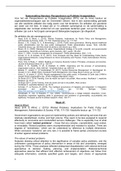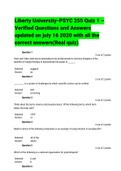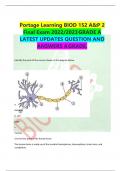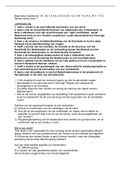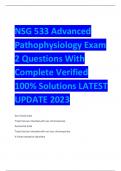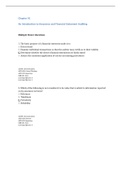Samenvatting
Samenvatting artikelen Perspectieven op Publieke Vraagstukken tentamen Bestuur en organisatiewetenschappen
- Instelling
- Universiteit Utrecht (UU)
Voor het vak Perspectieven op Publieke Vraagstukken (PPV) van de minor Bestuur en Organisatiewetenschappen aan de Universiteit Utrecht, heb ik een samenvatting gemaakt van alle verplichte artikelen die nodig waren voor het tentamen. De artikelen zijn geordend per week van het blok. In totaal zijn e...
[Meer zien]
